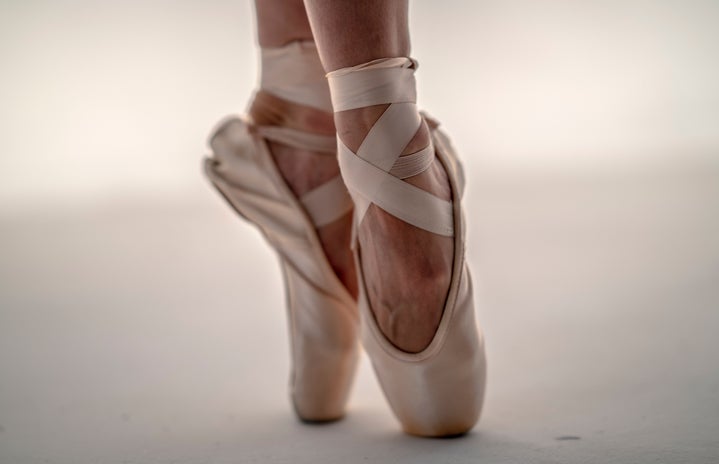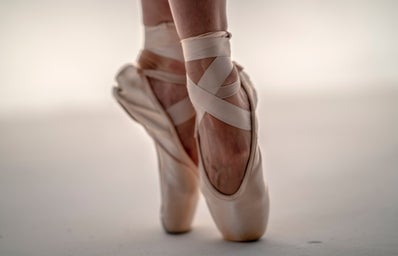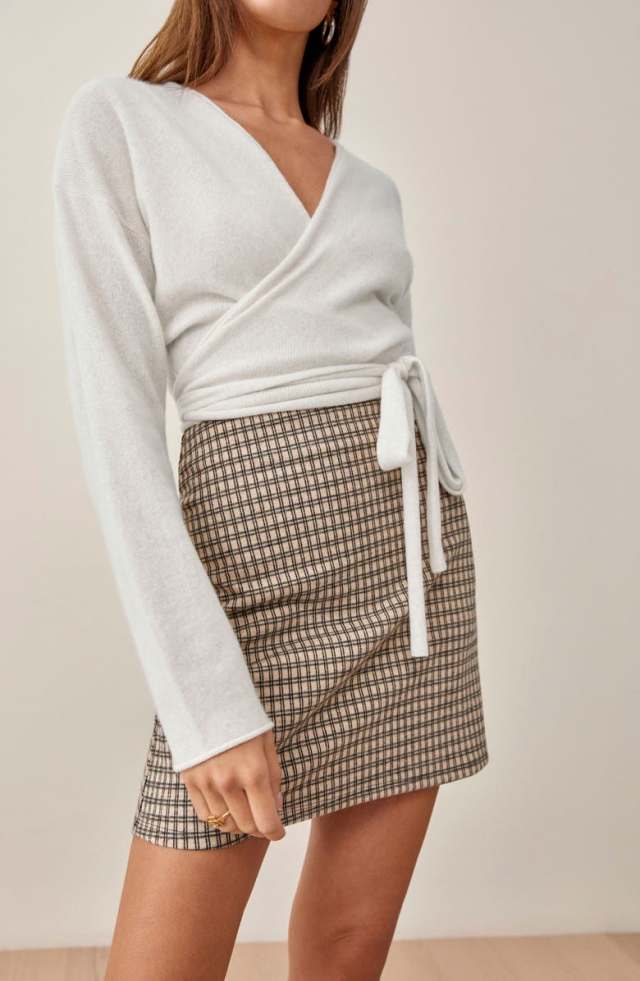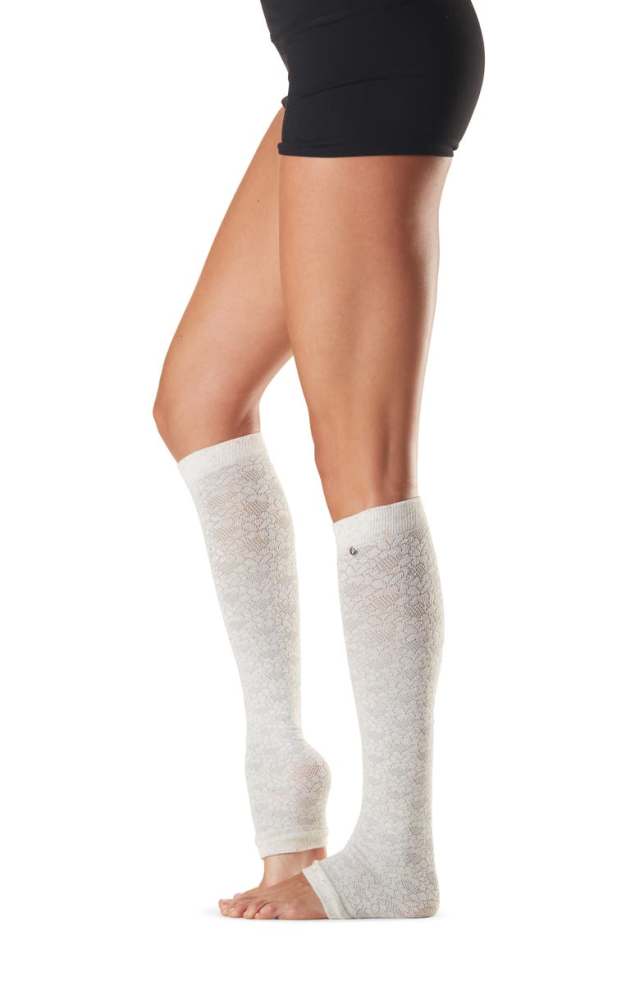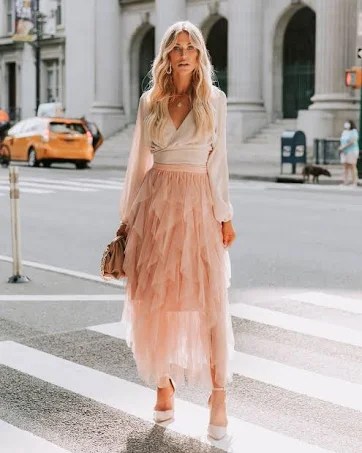If you’ve ever scrolled through Fashion TikTok then you’ve most likely encountered balletcore: a style combining athleisure with the stereotypical ballerina-off-duty attire. Key pieces include bodysuits, leg warmers, and sweaters, often in soft colors such as pink and white. Fashion history has regularly taken inspiration from ballet, but why the sudden comeback in the mainstream media?
The history of ballet dates back to the 16th century when Catherine de Medici married King Henry II of France and introduced dancing to the French court. In fact, the word ballet comes from the Italian word ballare, meaning “to dance.” The dance style went on to be solidified by King Louis XIV, who even took part in some of the dancing. But Louis’ ballet was completely different from the modern rendition. Ballerinas were generally men, for example, and were originally performed for courtiers. It wasn’t until the opening of the first ballet school in 1661 that ballet moved to the stage.
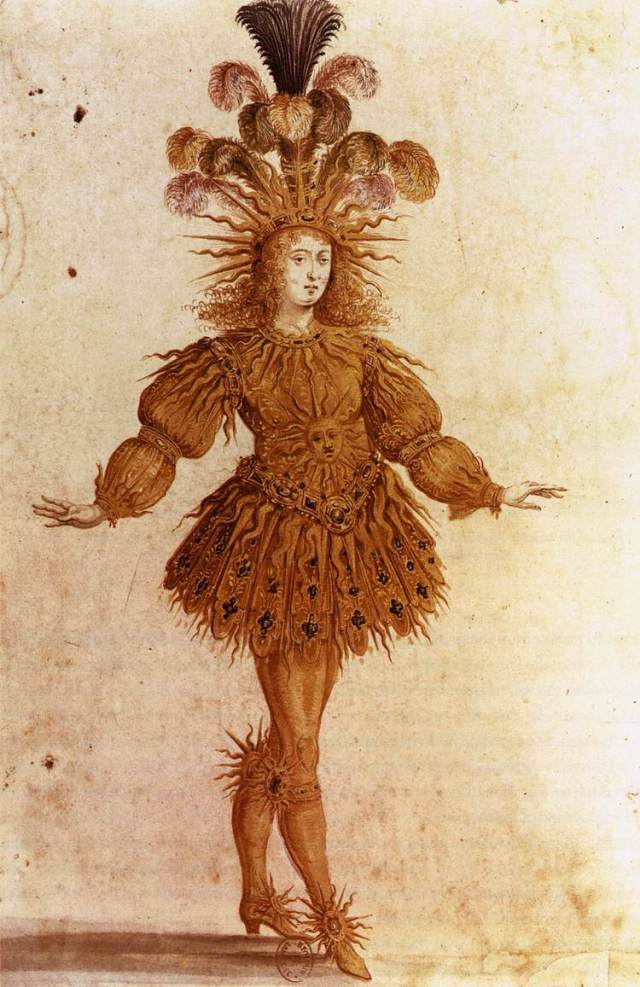
In the 19th century, ballet evolved to include the classic tutu: a calf-length tool skirt worn by women. It was also around this time that pointe became popular, with Anna Pavlova pioneering the modern pointe shoe. During the Romantic Era, Russian choreographers increased ballet’s popularity, creating complex combinations with new turns and leaps, and tutus became shorter to demonstrate these new movements. Since then, ballet has continued to evolve, with new and modern movements, often telling a story or expressing the emotions of music.
Many ballet-inspired styles have been seen on the runway. But these outfits are generally reserved for special occasions. Balletcore incorporates many of the styles of classic ballet, while also being acceptable to wear casually. At the heart of the balletcore aesthetic lies the hyper-feminine and “girly” attire, while also considering comfort. According to stylist Madeleine Jones, balletcore is the “natural evolution from athleisure.” It adds a more dramatic element without being over the top. Instead of wearing just leggings, throwing a pair of leg warmers on feels like dressing up, without overdoing it. Balletcore also resonates with ideas of girlhood and adds a little bit of theatricality to fashion. Who hasn’t been enrolled in a ballet class at some point in their childhood?
Still, there are critics that claim balletcore takes away the essence of ballet. Dancers work hard, often training for years before they even wear a pointe shoe. The idea that just anyone can wear the same clothes, without the training, makes it seem as though ballet is just a fun hobby and not a highly refined skill that requires hours of weekly practice to master. Many dancers ask that those who intend to participate in the balletcore aesthetic are aware of the culture and importance of the art form and are respectful to ballet attire.
So what type of clothes are generally involved in the typical balletcore closet? One of the key staples is a wrap sweater, most likely in white, pink, or a nude shade. Another must-have is leg warmers and bodysuits and of course, the classic ballet flat. If you’re feeling a little more adventurous, you can even throw in a tulle skirt.
Regardless of your style, balletcore can be a fun way to combine comfortable clothing with a refined twist. It also allows you to switch up your wardrobe from the usual leggings and sweatshirt athleisure combo, and go for something a little different. Nevertheless, with its growing popularity and important message, balletcore is well on its way to becoming 2022’s biggest new fashion trend!
